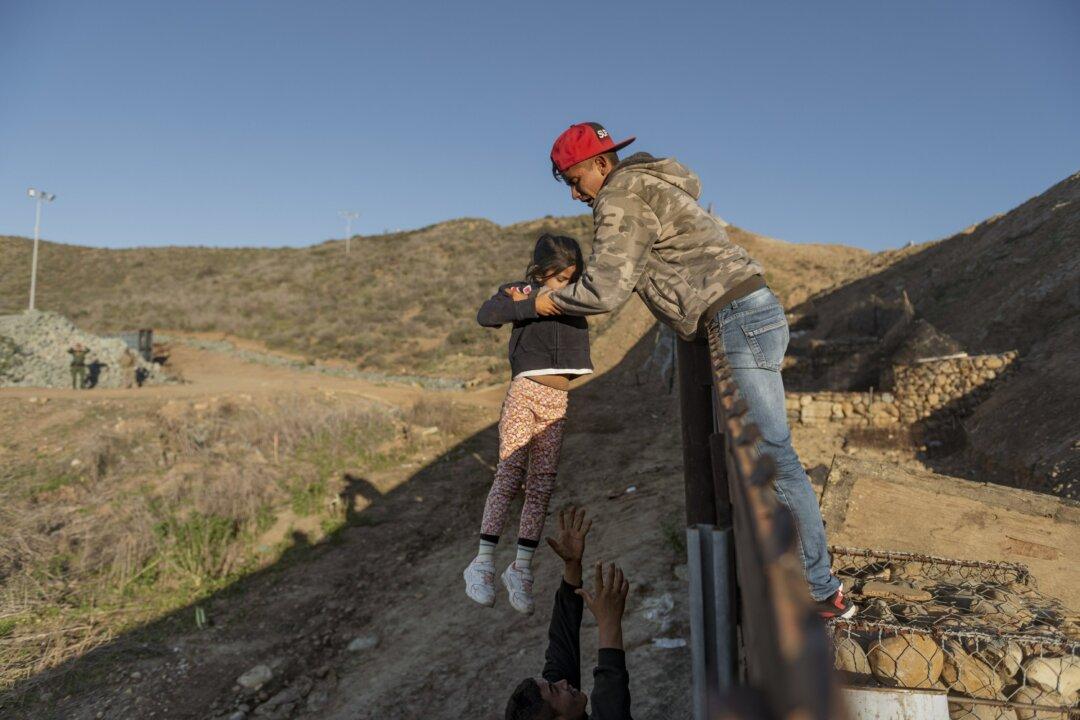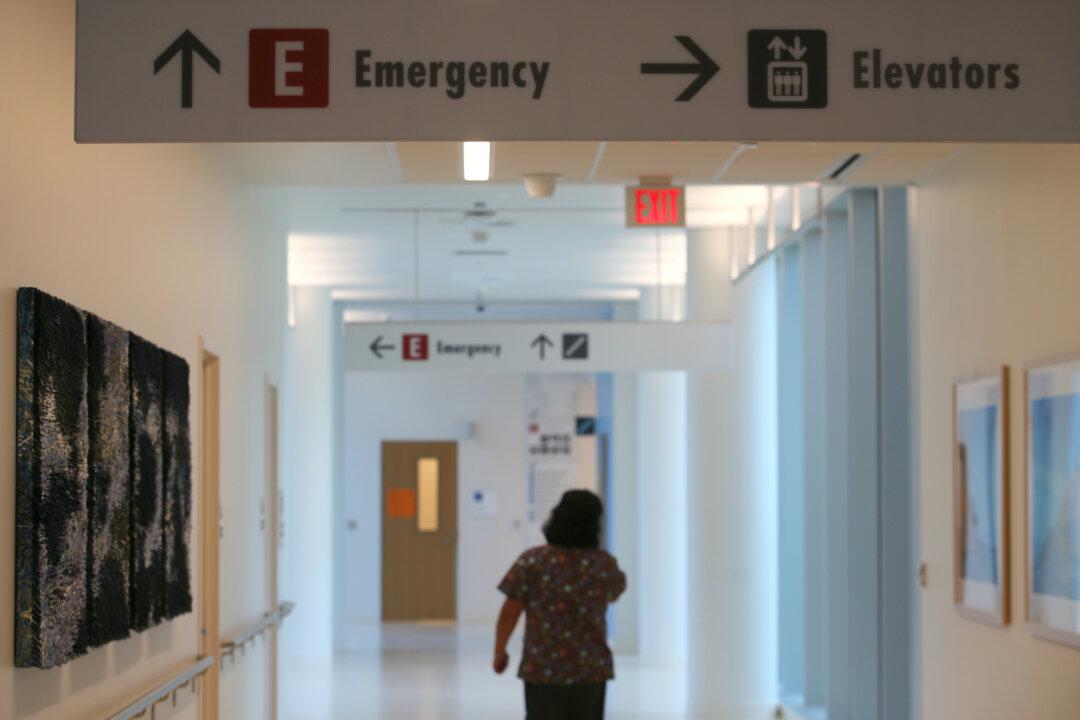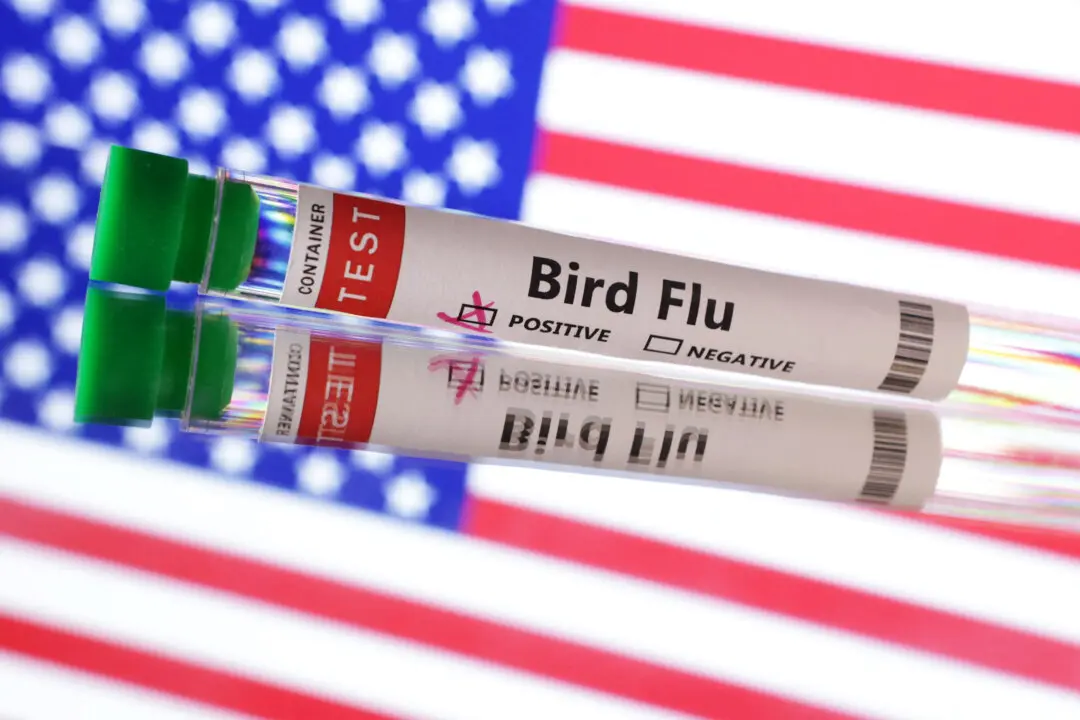TIJUANA/MEXICO CITY, Mexico—The United States was expected to send a first group of 20 Central American asylum seekers back to Mexico through the border city of Tijuana on January 25, as part of President Donald Trump’s hardening of longstanding immigration policy.
Under a policy dubbed the Migrant Protection Protocols, announced on December 20, the United States will return non-Mexican migrants who cross the U.S. southern border back to Mexico while their asylum requests are processed in U.S. immigration courts.





